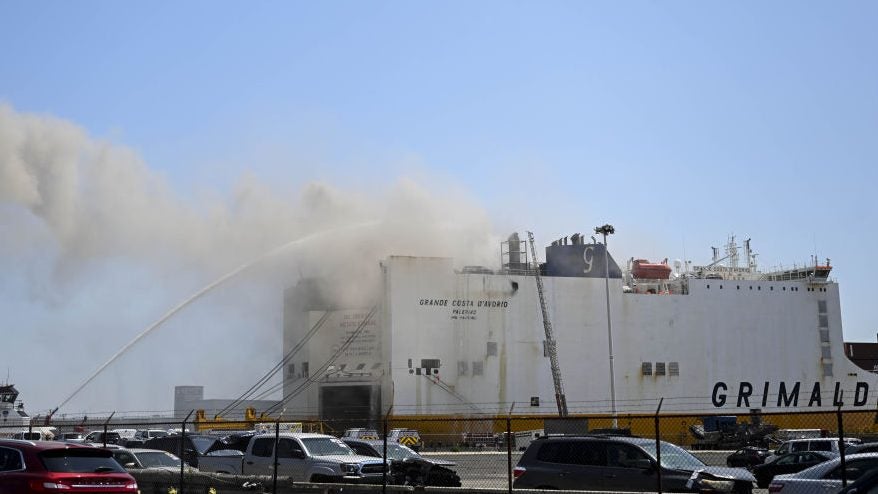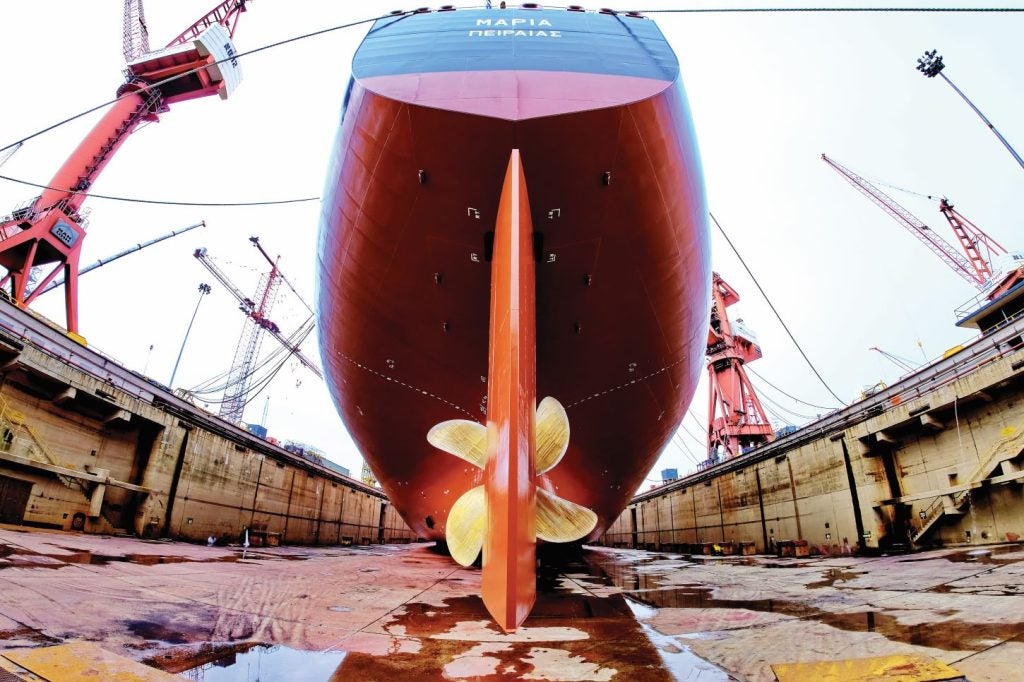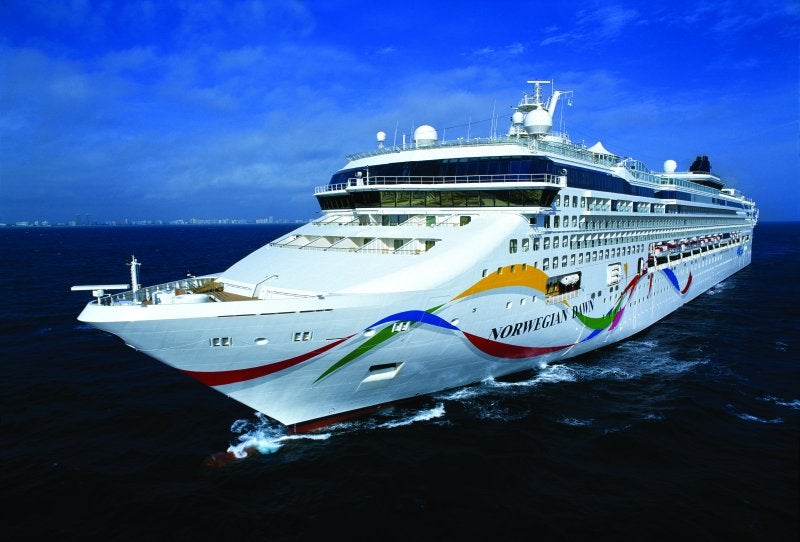Anacostia Rail Holdings, the parent company of the rail-switch operator at Los Angeles and Long Beach ports, has produced two reports suggesting further intermodal (rail) development could help solve current logistical and environmental issues.
The research found that 3.1 million TEU containers per year could be taken off roads by a “rail shuttle” to an inland port. The development could take 5,100 trucks off Los Angeles’ roads per day, according to its findings.
“This concept has the potential to offer benefits to the ports and the surrounding community in terms of sustainability, unlocking capacity, and reducing congestion,” said Peter Gilbertson, president of Anacostia Rail Holdings.
“Although implementing such a service also has challenges, we felt it was important to consider the parameters under which a transportation alternative like this might be viable,” he added.
Consultancy firm Oliver Wyman and Leachman & Associates LLC were tasked with researching and writing the reports.
The firm said its case studies proved the freight rail industry in the US, especially on the West Coast, was investing in similar developments.
“Major railroads are planning significant investment in intermodal terminals in Southern California at Barstow (BNSF) and in the Inland Empire (Union Pacific). Union Pacific also has announced plans for a new international intermodal service to Phoenix, AZ.”
Long and Short of it
While the long-term planning suggested a new rail-shuttle line in the Los Angeles-Long Beach area would “be cost competitive on a per container basis for all the scenarios analysed,” it also admitted the short-term investment to build new terminals and line capacity would be a “key challenge.”
Adriene Bailey, head of Oliver Wyman’s rail practice in North America, which undertook the report, described the benefits as “undeniable”.
“The benefits of more freight on rail, and fewer trucks on the roads, are numerous and undeniable. The greatest untapped potential to move more trucks off the highway is to implement intermodal services in shorter haul markets.
“There are few places that have the density, scale, congestion, and community factors that make short-haul rail more attractive than in the port community of the Los Angeles and Long Beach markets,” she added.













